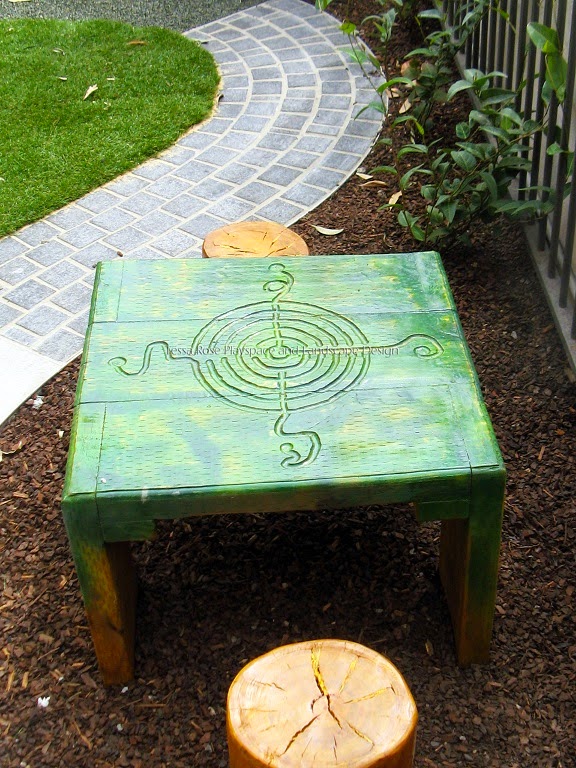"I hear parents say, 'How can I possibly teach my child about nature -why, I don't even know one bird
from another !' I sincerely believe that for the child, and for the parent seeking to guide him, it is not half so important to KNOW as to FEEL. Once the emotions have been aroused - a sense of the beautiful, the excitement of the new and the unknown, a feeling of sympathy, pity, admiration, or love - then we wish for knowledge. It is more important to pave the way for the child to WANT toknow than to put him on a diet of facts he is not ready to assimilate . . ."
Rachel Louise Carson (May 27, 1907 – April 14, 1964) was an American marine biologist and conservationist whose book Silent Spring and other writings are credited with advancing the global environmental movement.
Carson began her career as an aquatic biologist in the U.S. Bureau of Fisheries, and became a full-time nature writer in the 1950s. Her widely praised 1951 bestseller The Sea Around Us won her a U.S. National Book Award, recognition as a gifted writer, and financial security. Her next book, The Edge of the Sea, and the reissued version of her first book, Under the Sea Wind, were also bestsellers. This sea trilogy explores the whole of ocean life from the shores to the depths.
Late in the 1950s, Carson turned her attention to conservation, especially some environmental problems that she believed were caused by synthetic pesticides. The result was the book Silent Spring (1962), which brought environmental concerns to an unprecedented share of the American people. Although Silent Spring was met with fierce opposition by chemical companies, it spurred a reversal in national pesticide policy, which led to a nationwide ban on DDT and other pesticides, and it inspired a grassroots environmental movement that led to the creation of the U.S. Environmental Protection Agency.

































